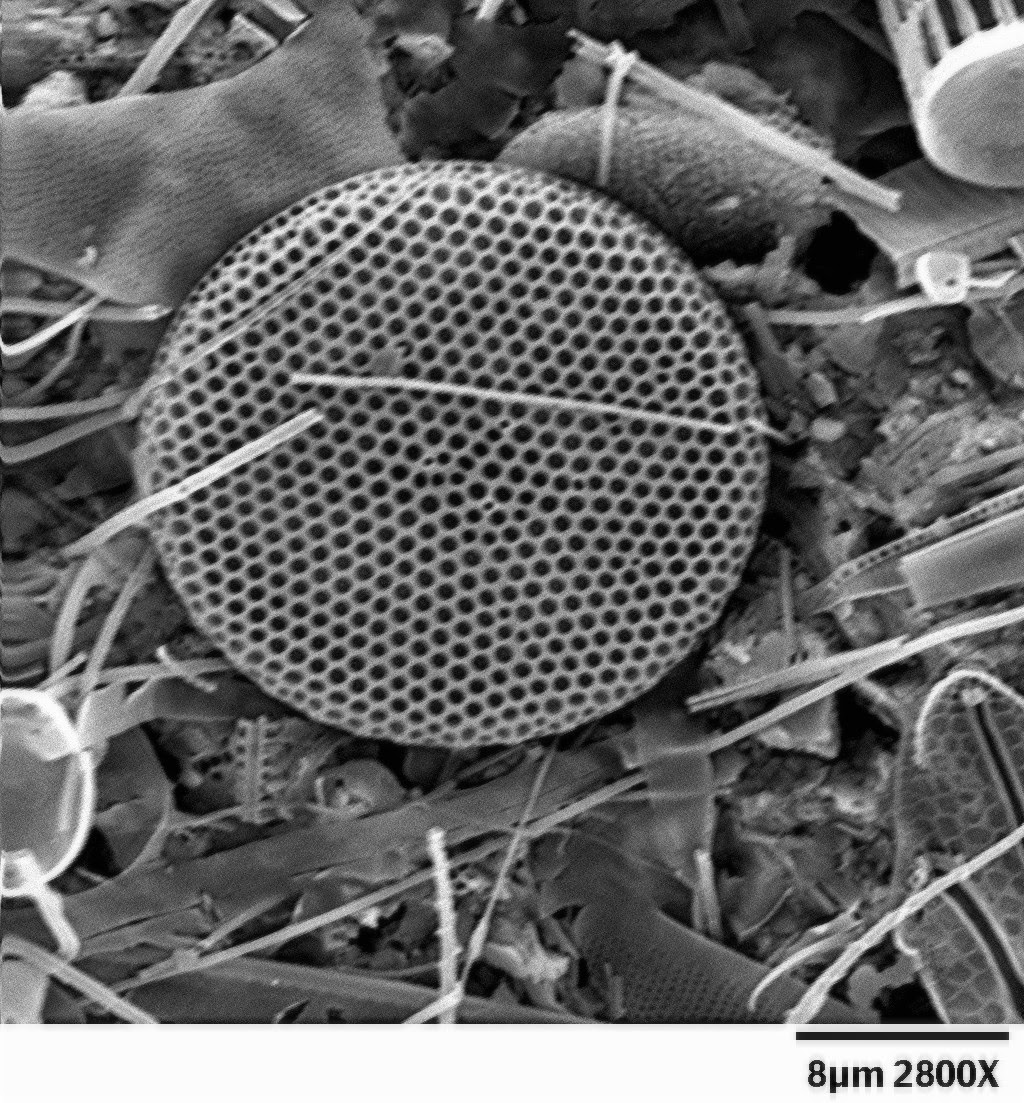March 26th, 2014
Low Tide: 0.4' @ 4:06 PM
Another less than ideal weather day with wind and rain. There was no exposure when staff arrived for the beginning of the shift, so they returned to the office for a couple hours and came back to the beach at low tide. Visitors braved the weather to explore the intertidal during the rest of the shift. Our highest visitor count was 32 people exploring the tidepools.
Our juvenile Black Oystercatcher (Heamatopus bachmani) was spotted once again, foraging with its parents.
There were large amounts of sea foam present all along the shoreline. While sea foam can look like an oil spill or pollution washed up on the beach, it is actually caused by large blooms of diatoms, a microscopic plant or phytoplankton. Diatoms and other phytoplankton are the base of the marine food web. Everything in the ocean feeds on microscopic organisms, either directly or indirectly. During a diatom bloom, the surf becomes saturated with the plants and they wash ashore in an oil-like film. Staff were able to observe Acorn Barnacles (Balanus balanoides) feeding on the diatoms using modified legs specially adapted for filter feeding.
This photo, taken by Suzanne Garcia, shows a diatom at high magnification using a scanning electron microscope.




Comments
Post a Comment